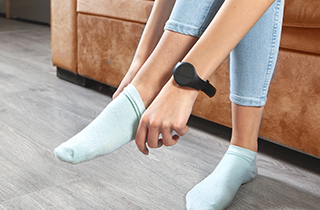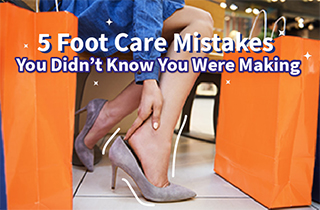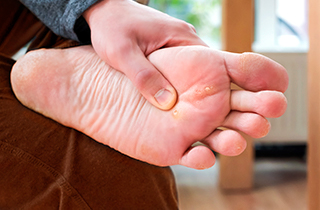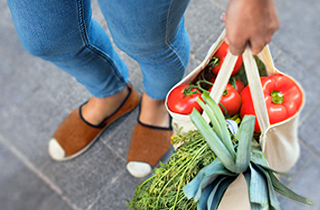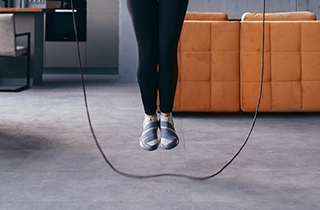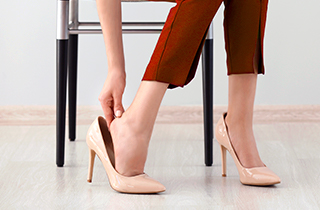
The lockdown has been going on for almost 4 months now and your sparkly stilettos and sexy kitten heels are screaming to be worn! Perhaps you have already made plans on which pair to wear for which occasions the moment the lockdown ends. But before you take those steps, we want to tell you a bit about corns and calluses… which can be caused by those shoes!
What Are Corns and Calluses?
(“Corns And Calluses - Symptoms And Causes”)
Corns and calluses are thick, hardened layers of skin that develop when your skin tries to protect itself against friction and pressure. They commonly develop on the feet and toes or hands and fingers. If you take a look at your own hand and feet now, you will probably spot one (or two) of these. Corns and calluses are pretty common, but in serious cases can look rather ugly and feel quite painful. However, they are not the same thing!
Corns
Corns are smaller than calluses and have a hard center surrounded by inflamed skin. This means that corn can be painful or itchy, especially when touched or pressed. They form on parts of feet that do not bear weight, like under your feet arch or between your toes.
Calluses
On the other hand, calluses are rarely painful. They usually develop on the soles of your feet, especially under the heels or balls, on your palms, or on your knees. These are mostly weight-bearing parts of your hands and feet. Calluses vary in size and shape and are often larger than corns.
What Causes Them?
(“Corns And Calluses - Symptoms And Causes”)
Unfortunately for your favourite shoes, the most common cause of corns and calluses are shoes that don’t fit well. A good fit is not just about size, but also shape and structure. Strappy heels with thin soles and other shoes in uncommon shapes can add pressure to your feet and increase chances of corns and calluses forming. Poorly fitted shoes that are too tight will rub against your skin and cause irritation. Besides that, your daily activities matter too. If you walk or run a lot, you are more likely to get corns and calluses even with proper fitting shoes.
Other than that, going short on your shoes quality and material will cost you in the long run. Cheap polyester material does not let your feet breathe and does not hug them well, causing more frictions to happen. Most high quality shoes are also made with the best angles for your feet, reducing the potential pressure that can lead to corns and calluses.
What Can You Do About It?
First of all, invest in a good pair of shoes! Pick one with a timeless design so you can stay in style for many years to come. If this is not something you can afford, wear socks or shoe pads to avoid rubbing and irritation. For some of you, corns and calluses may be unavoidable, especially if your job requires a lot of walking, standing, or running. Incorporate a good foot care routine with Ellgy Plus to stay comfortable and treat any issues.
Did you know that Ellgy Plus has a treatment line for this exact issue? Formulated with Salicylic Acid 17%, Ellgy Corns & Warts Treatment Solution can effectively break the bonds which hold skin cells together, making it easier to remove corns, warts, and calluses. Restore your feet and heels to their natural glory and strut your way in your favourite shoes while experiencing utmost comfort with Ellgy Corns & Warts Treatment Solution. Get one here https://ellgyplus.com.my/where-to-buy!
How to use Ellgy Corns & Warts
STEP 1
Soak the corn/wart/callus in warm water for five minutes, then dry the area with a clean towel.
STEP 2
Using a pumice stone or manicure emery board, carefully rub along the surface of the corn/wart/callus.
STEP 3
Apply a thin film of the Ellgy Corns & Warts Treatment Solution directly on to the affected area using the plastic applicator from the bottle. Avoid applying to surrounding skin.
STEP 4
Allow the Ellgy Corns & Warts Treatment Solution to dry and cover the affected area with a plaster.
Bibliography
Corns And Calluses - Symptoms And Causes
. (2020). Mayo Clinic. https://www.mayoclinic.org/diseases-conditions/corns-and-calluses/symptoms-causes/syc-20355946
